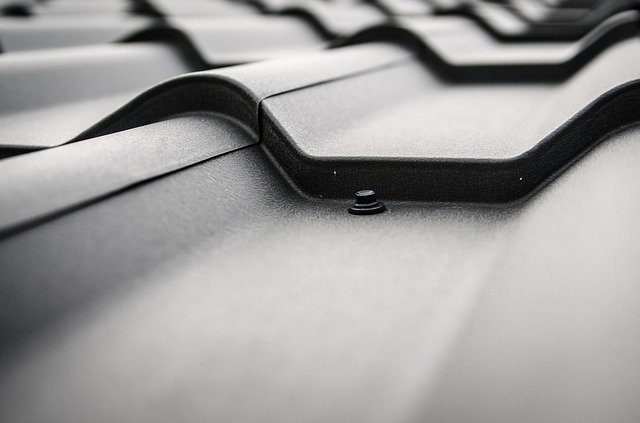The most important tip on gutter maintenance is that you have to clean your gutter every month. This is one of the best preventive measures against the accumulation of leaves and other debris in your channel. Failure to do this could lead to severe damage to your roof and walls, as well as the risk of leaks and water damage in your home.
One of the most important things to remember when doing gutter maintenance is that you should not scrape or clean the gutters. It would help if you did not even scratch the leaves out of the channels. Removing the leaves and the twigs can actually make the drain more likely to overflow.

When looking for tips on cleaning your gutter, you should keep a couple of important things in mind. The first thing is to be sure that you have removed all dead and dying leaves and branches from the gutter. These are natural breeding grounds for moss and fungus. As they decay, they release dangerous chemicals into the air, which can be inhaled.
One of the most dangerous problems that can occur is that of falling leaves and branches crashing down onto the roof or the walls of your home. These falling debris can crush your shingles, causing them to break and become very heavy and expensive to replace. Over time, this can cause significant structural damage to your gutters and shingles.
After you have cleaned your gutter, the next step is to check for any clogs in the system. Many people experience problems with leaves and twigs getting stuck in their gutter system. To prevent this, it is important to use a leaf guard to prevent any of these items from becoming trapped.
After cleaning the gutter, you will probably want to disinfect the area to kill any disease-carrying germs left in the system. There are many methods available, but bleach is one of the most toxic and should only be used properly and in regulated settings.
To remove any of the debris that might have built up, you will also need to do some additional cleaning. You will need to clean out the pergola or gazebo where the gutter leads to. This is where most grass and other debris end up in the gutter system.
If this has been going on for quite some time, you may want to consider a rooter. Rooters can be used on even the smallest gutter systems. They use suction to pull the debris up from the gutter. You will need to be careful not to injure yourself with the auger as it can be quite strong.

You will then need to clean and repair the gutter. This can be done on your own, but it would be more cost-efficient to hire a professional. A professional could either use a snake that is snagging the clog or use an electric eel. When trying to save money, you may want to consider doing both.
Just be sure to follow all of the safety precautions to avoid having a serious injury. Most gutters are attached to the house, and water flows through them at a constant rate. Since water is used to keep the floors dry, you must be very careful when using and cleaning these drains.







